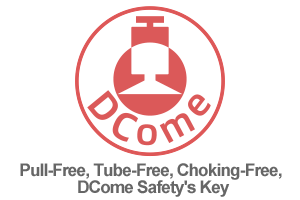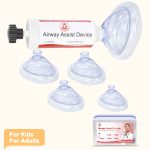Opening the airway is a crucial step in providing first aid during emergencies, especially when someone is unconscious or having difficulty breathing. To ensure an open airway, especially in emergencies like CPR (Cardiopulmonary Resuscitation), follow these crucial steps:
- Ensure Safety: Before approaching the person, make sure the scene is safe for both you and them to prevent further harm.
- Position the Person: Gently lay the person on their back on a firm, flat surface. Avoid moving them unnecessarily if you suspect a spinal injury unless it’s necessary to open the airway.
- Open the Airway: Use the “head-tilt, chin-lift” method to open the airway.
- Head-Tilt: Place one hand on the person’s forehead and gently tilt the head back.
- Chin-Lift: With the fingertips of your other hand, gently lift the chin upward to open the airway further.
- Check for Breathing: Once the airway is open, put your ear close to the person’s mouth and nose. Look towards the chest, and check for normal breathing (look, listen, and feel for no more than 10 seconds).
- Look for chest movement.
- Listen for sounds of breathing.
- Feel for air movement on your cheek.
- Proceed Based on Response: If the person is not breathing or only gasping, begin CPR starting with chest compressions. If the person is breathing normally, maintain the open airway position and monitor their condition until emergency services arrive.
- Use a Barrier Device If Available: If you need to perform rescue breaths and have a barrier device (like a CPR mask or face shield), use it to reduce the risk of disease transmission.
- Avoid Hyperextension: Be cautious not to tilt the head too far back, especially in infants and children, as it could block the airway. A slight tilt is usually sufficient.
Remember, the “head-tilt, chin-lift” method is not recommended if a spinal injury is suspected unless it’s absolutely necessary to improve breathing. In such cases, use the “jaw-thrust” technique without extending the neck if you’re trained to do so.
Proper training in CPR and emergency first aid is crucial for effectively assisting someone in an emergency. Consider enrolling in a certified course to gain hands-on experience and knowledge.

